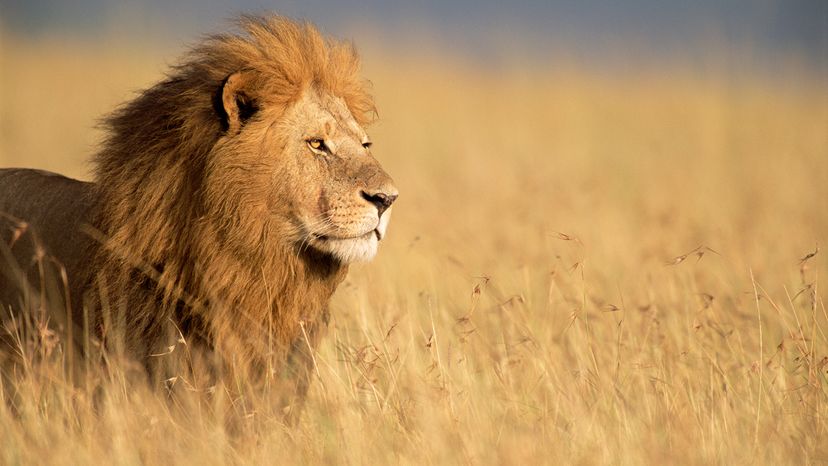
The lion, scientifically known as Panthera leo, is an awe-inspiring animal. These majestic big cats symbolize strength, courage, and royalty across various cultures. Primarily found in Africa and a small pocket in India, wild lions play a crucial role in maintaining the balance of their ecosystems.
Despite their reputation as the "king of the jungle," lion populations face significant challenges due to habitat loss, human-wildlife conflict, and poaching.
Advertisement
Read on to learn more about these big cats, including where they live, what they eat and what threats they face.